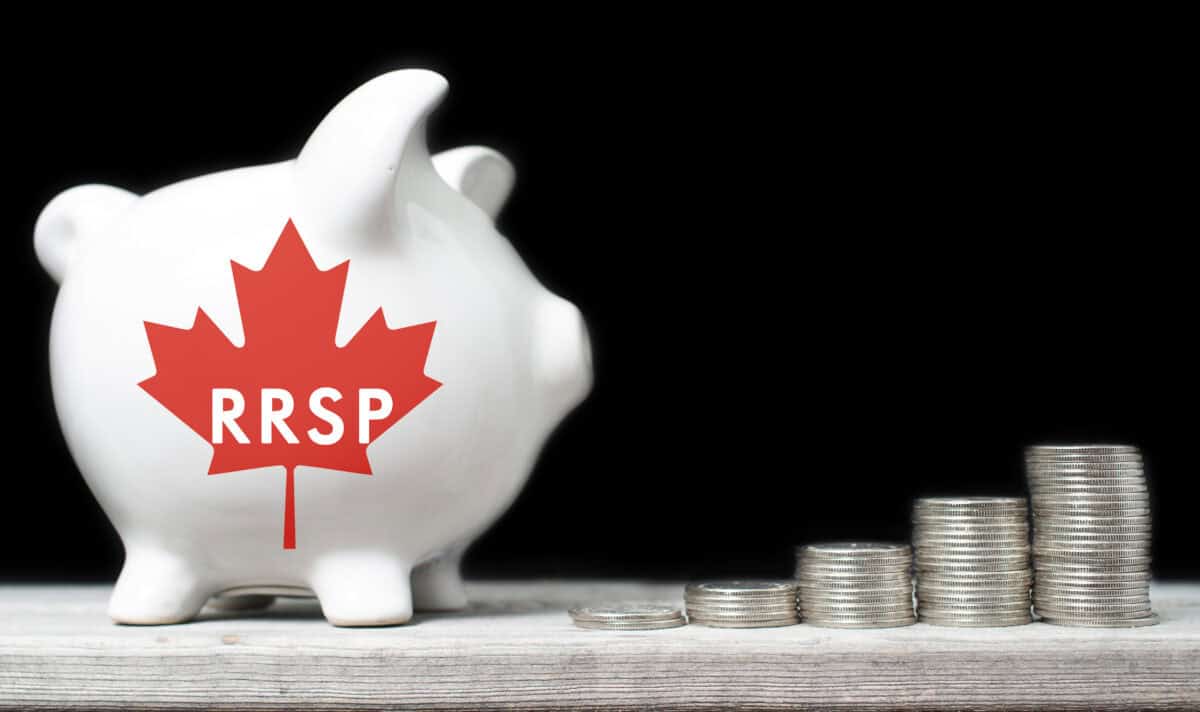Are you 35 years old and unsure about whether you have saved enough money for retirement?
If so, you’re asking the right questions. A 2018 poll of Millennials found that many of them were not saving for retirement because they believed capitalism would no longer exist by the time they reached retirement age!
Although artificial intelligence (AI) is automating tasks at a rapid pace, leading to the prospect of Universal Basic Income, failing to save money because of the presumed collapse of capitalism isn’t wise. For one thing, it isn’t at all obvious that capitalism is going to collapse. Secondly, even if capitalism did collapse it wouldn’t necessarily eliminate the need for savings. Most communist countries (e.g., China, Vietnam) still have market economies and use money to facilitate the exchange of goods and services.
So, if you’re 35 years old and wondering whether you’re saving enough for retirement, you are ahead of the curve. In this article, I will explore how much the average Canadian has saved at 35, and how much you’ll need to save to reach your retirement goals.
$12,949 for single people, $140,000 for economic families
The average single Canadian has about $12,949 saved in his/her RRSP for retirement. I say “about” because this is an estimate derived from third party data. There is no database of exactly how much money Canadians have saved for retirement at specific ages. Surveys that collect data like this usually categorize people by age bracket; for example, 20 to 30, 35 to 45, and so on.
Statistics Canada’s 2019 data says that Canadians under 35 have $9,905 in their RRSPs, and Canadians between 35 and 44 have $15,993 in their RRSPs. The average of these two is $12,949. Assuming that single Canadians’ retirement savings increase linearly over time, $12,949 should be pretty close to the amount single Canadians have in their RRSPs.
The $140,000 estimate for economic families is much more reliable. Both under-35s and 35-45 year olds in that category have about $140,000, so we can use that estimate with a high degree of confidence.
How much you need saved to retire
Most financial advisors recommend that Canadians retiring soon have $750,000 saved for retirement. If that figure is accurate, then it would appear that single Canadians are a ways away from being able to retire comfortably, while families are faring better. Either way, if you have more than $140,000 saved, you are ahead of the curve. That sum can easily be turned into $750,000 over a few decades (although your required amount will increase due to inflation).
Worried about reaching retirement age with not enough money? Try investing
If you’re concerned about approaching retirement age with inadequate savings, you can try investing. Dividend stocks, index funds, and GICs are popular assets for RRSPs. A portfolio comprised of such assets may help you retire in comfort.
Take Fortis Inc (TSX:FTS), for example. It is a Canadian utility company that has funded many retirees’ accounts over the years. The stock pays a dividend, which has a 4.3% yield at today’s prices. If you invest $100,000 in FTS, you should get at least $4,300 per year in passive income. Fortis has historically enjoyed considerable dividend growth, so the $4,300 may increase over time.
Will the dividends keep growing? I’d say it’s fairly likely. Consider that 98% of Fortis’ business is regulated utilities, which enjoy stable revenue and government protection. Also, Fortis’ managers have exercised fiscal prudence over the years, never paying out more in dividends than they can afford to. These characteristics tend to make for a quality dividend stock. So, I’d say Fortis probably remains a good RRSP stock today, like it was in the past.

